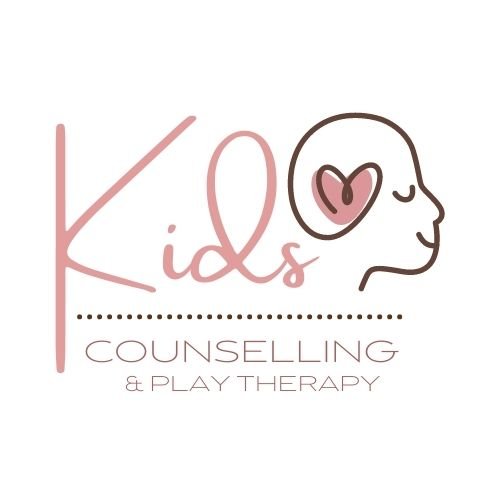Your child’s brain after trauma
If you are reading this, your child or a child you know has probably experienced some sort of trauma. If that is the case, let me illustrate to you what is happening in their brain and how that is affecting their behaviour and hopefully that will help answer any questions you may have about what is going on for them.
Firstly, what is trauma? Dr. Gabor Maté, who is one of the most highly regarded international authorities on the subject of trauma and child development, defines it as not what happens to a child but rather what happens within them. When people think of trauma they tend to think of intense, dramatic situations but smaller incidents can also be termed as traumatic depending on how the child has internalised it. Meaning, it is not the incident in itself that is traumatic to the child, rather it is how they have come to view themselves and the world in which they live in that can be traumatic. This is particularly problematic if they are left to deal with these thoughts, feelings and memories alone because a young child is probably not able and cannot be expected to know how to process such big stuff all by themselves. They need the support of an informed and attuned parent or a professional trained in treating trauma.
Now let’s get a little technical for a moment and talk about what is happening in their brain. Dr. Dan Siegel introduced the ‘hand model of the brain’ which is an easy way for you to learn and even to teach to your child if you think they will understand it (see image below). Basically, we can use our hand to mimic our child’s brain. Hold your hand out in front of you. Think of your wrist as the brain stem, fold your thumb in to represent their amygdala (the emotional centre of their brain) and curl your fingers over to represent their pre-frontal cortex (this is the part of our brain used for solving problems, reasoning and regulating emotions). This nicely curled fist represents your child’s brain. When a child has experienced trauma, they ‘flip their lid’. Now flip your fingers back up. They go from having an integrated brain that uses all of it’s resources together to a brain operating from the emotional centre, our most primitive part of our brain that focuses on survival. They can no longer access their pre-frontal cortex that helps them make sense and regulate their emotions and behaviour. They are in fight/flight/freeze. In this moment, there is no point in trying to talk to them rationally about what is going on, what they need most is for you to offer them comfort to help them soothe their amygdala (the emotional centre of their brain) until their pre-frontal cortex comes back online. The more you soothe them when they feel overwhelm, the more they will learn to feel safe again. I know their behaviour may sometimes feel intense and you may feel frustrated and stressed by their big feelings but they need you to be their point of safety so that they can be restored to feeling calm. From this, they will learn to regulate their emotions better and their behaviours will improve.
Lastly, I think it is important to note that children’s brains can get stuck in trauma, so to speak. It is almost as if their emergency switch can get stuck in the ‘on’ position. They can become tense, anxious, hypervigilant, paranoid, depressed, lack self-regulation, experience behavioural issues, nightmares and more; and all of this hinders their capacity to move naturally through stages of development we would typically see in a child who is not affected by childhood trauma. If their brain is always checking for safety and using its resources to eliminate and avoid threats (physical, social, emotional, psychological and sexual) and additionally manage their body’s natural response to fearing an impending threat, then there are little resources left for concentrating and learning in areas such as developing social skills, emotional regulation skills, academic learning, physical development, problem solving, etc. It is very important that a child who is unable to move on from a traumatic experience to get help as soon as possible.
If you are concerned about your child and would like to speak to me in regards to their experience or have any further questions on what happens to a child’s brain after experiencing trauma, feel free to contact me here on my website, on social media or call me to discuss how I can help your child.


